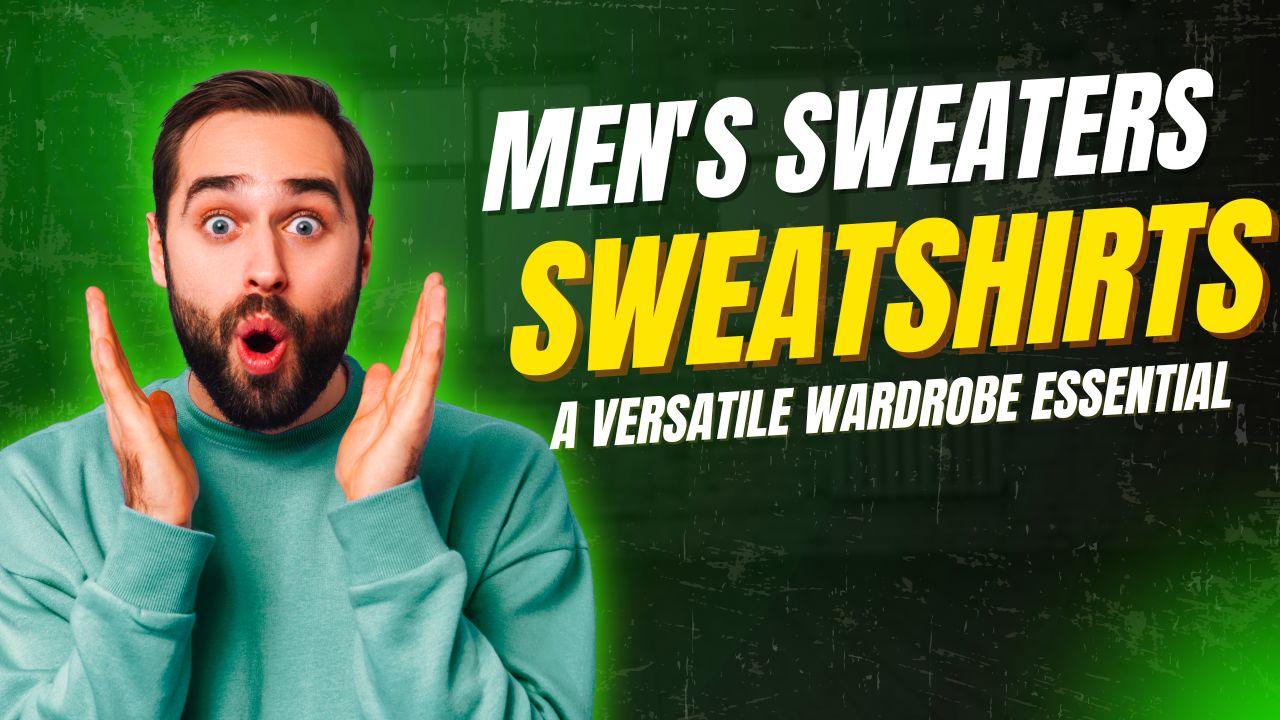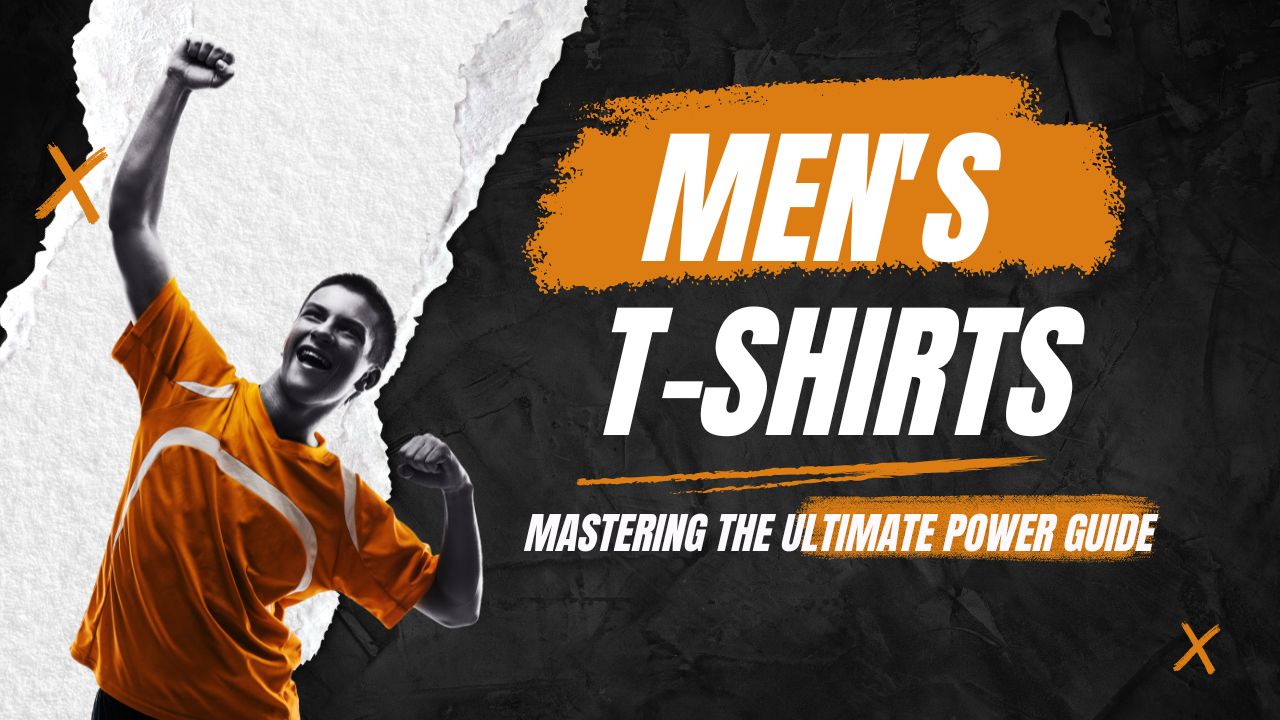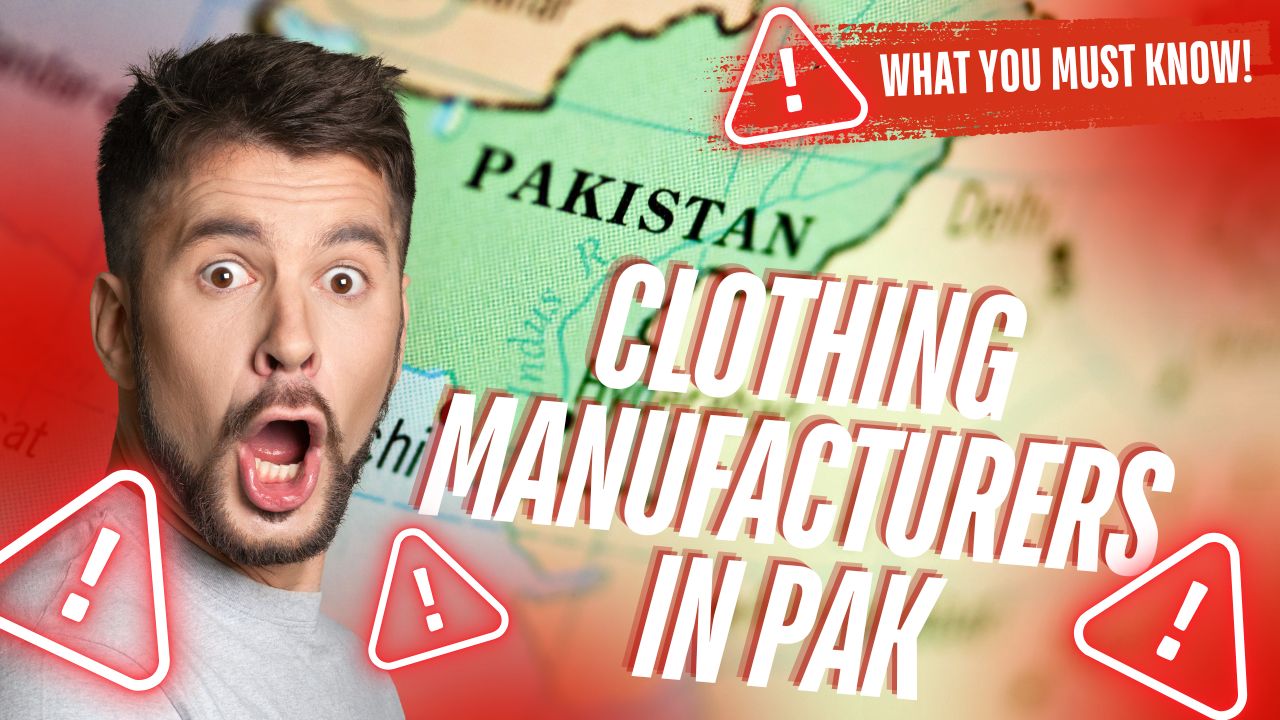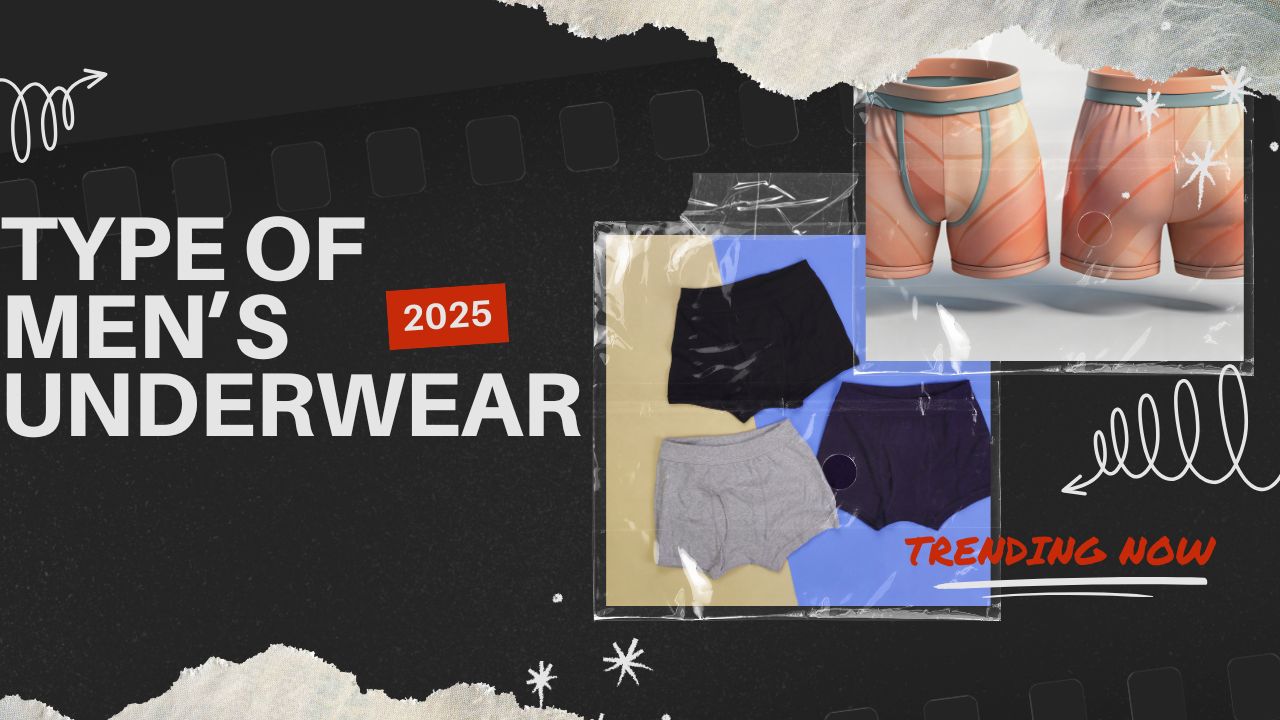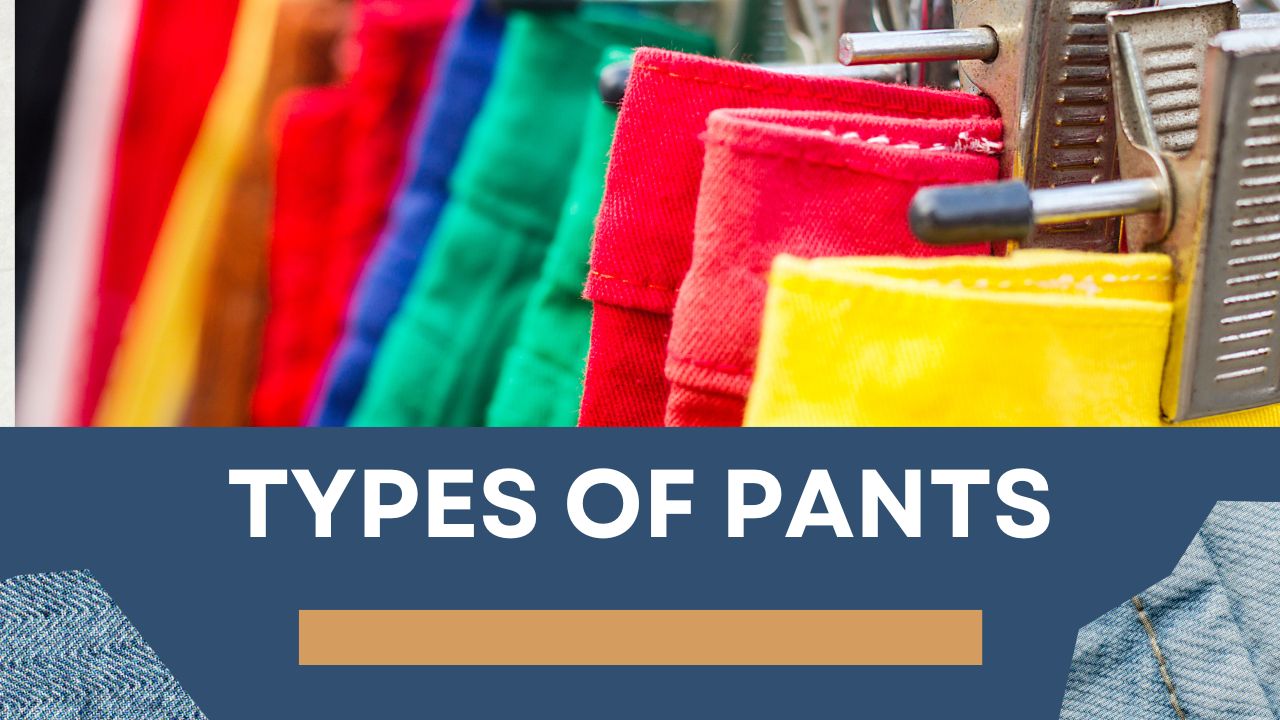Standing in front of my closet, deciding which pants to wear, I often find myself reaching for a pair that matches not just the occasion, but also the vibe I’m going for—be it lounging at the house in sweatpants, dressing up in slim-fit trousers for work, or opting for rugged cargo pants when I need a bit of extra utility. Through experience (and a bit of trial and error), I’ve learned that understanding the different types of pants—yes, there are more than 22 distinct styles—can really change how you dress each day. This quick guide helped me make sense of how each design suits a specific purpose, like how jeans hug the waist and cover the lower body, how the cut at the ankles changes the look entirely, or how the length down the leg impacts comfort. The functionality of each garment can transform not just your outfit but also your confidence, making your style choices feel natural and easy.
Top 24+ Types of Pants for Every Style | Ultimate Guide
Understanding the Details That Make Pants Work
- Every pair of pants is defined by its style, shape, and how parts like the waistband and leg opening are constructed.
- The waist may feature belt loops for a belt, or an elasticated waist that removes the need for a traditional fly opening with buttons or a zipper.
- The rise of pants, ranging from 7″ to 12″, determines whether you have high-rise jeans or low-rise jeans, which sit lower and create a different waistline.
- The crotch and crotch seam, including styles like cross-cut and the one used in harem trousers, directly impact comfort and fit.
- Details like the front waistband, curved seam, and sewed construction contribute to how the pants fit and feel.
- At the bottom hem, pants might feature a straight hem, be cropped, flared, or turned-up, and sometimes are gathered with a band, tuck, or peg for added shape.
- Jean pockets, whether top-stitched or topstitched, alongside the back yoke or front yolk, provide structure and a unique cut in jeans.
- Side seams, plain stitched or otherwise, as well as front pockets, back pockets, and seam side pockets, all add to both practical use and aesthetic appeal.
- Special cuts like palazzo trousers and elements in the trouser leg show how the overall cut can be altered to suit different designs.
- Even a basic opening can be a key feature depending on how it’s styled.
The history of pants goes back to the thirteenth century BCE, with the oldest known pair found in the Yanghai cemetery in China, showing how early humans shaped clothes for functionality. In Iran, loose and wide-legged pants helped people survive the desertweather conditions, while ancient Romans wore skin-tightleather trousers for warmth. Early on, robes and kimonos were common, but for horseback riding, especially among cavalry, pants became essential due to their practicality during riding. By nineteenth-century Europe, men mostly worn pants, reflecting traditional ideas of gender, while fashion and social trends began to shift. In the twentieth century, during World War II, women entered factories and started workingen masse, wearing pants not just for comfort, but to break norms. As someone who studies design, I’ve always found how each century influenced what we wear today—especially when comparing long trousers to modern Types of Shorts.
What Are Pants?
When I started exploring different styles of pants, I learned that understanding their basic structure helped me choose the right fit for various occasions. In British English, these are often called trousers, and they are a type of garment made to cover each leg separately, fitting the lower-body. Depending on the functions—from casual wear to formal outfits—pants come in different lengths, materials, and styles that suit both fashion and comfort. As someone familiar with Cut and Sew Manufacturer Services, I also realized how choosing the right materials and structure can make or break a design, especially when advising others on How to Find Clothing Vendors for quality, consistency, and long-term wear.
24 Different Kinds of Pants
As someone who’s worked with various clothing brands and understands How to Find Clothing Vendors, I’ve noticed that pants come in more types than most people realize. From casual to formal, and from indoor lounging to outdoor activities, each category serves a unique purpose. For example, functional styles are often chosen by those with active lifestyles, while a dress option might appeal more to business leaders needing polished looks. In fact, one of the most popular fashion staples today is a good pair of pants that fits multiple occasions. The variety is endless—some people want easygoing, others want structure. What matters is the choice, and being able to guide customers through these options in detail has been a big part of my work, just like when explaining the appeal of Men’s Polo Shirts – The Ultimate Guide.
Dress Pants
When helping clients find the right dress pants, I always consider different pant types, cuts, and body types to make sure the appearance is polished and fits the occasion. Whether for formal wear, semi-formal events, or professional situations, these pants are often constructed from high-end fabrics, woven materials, or classic suiting cloth. They’re usually designed with pleats along the leg, a front closure or front opening using buttons or zippers, and often come in slim fit or straight-leg styles. A crisp dress shirt and tailored jacket pair well with slacks, also known as suit trousers or suit pants, and complete the look with a suit jacket for a complete suit. This timeless, refined option is a versatile choice, often seen as the universal pick for dressing smart. I personally love how they adapt to different tastes, from classic to modern, while still delivering elegance for all kinds of occasions.
Jeans
Working with EXPRESS STITCH INDUSTRIES, I’ve come to appreciate how jeans have evolved from simple work pants worn by cowboys and miners into a global fashion phenomenon. Made from durable and sturdy denim fabric, they’re now a staple in almost every wardrobe. Their design often includes practical features like belt loops, pockets, and, in some styles, a bib top—especially in dungarees. Originally tailored for tough jobs, jeans now span all ages, genders, and cultures, breaking cultural and generational barriers. They’ve become more than just pants—they’re considered essential clothing, both common and classic. The conversation around jeans always centers on their versatility, whether for casual wear or rugged workwear, and manufacturers like ours constantly refine each piece to meet the modern-day demand.
Cargo Pants
Out of all the types of pants I’ve worked with, cargo pants are one of the most practical and useful choices for people who want both functionality and style. Whether you prefer cargo trousers, combat pants, or utility pants, they all share the same smart design, originally inspired by military uniforms. Known for their patch pockets and large compartments along the leg, these rugged and often baggy pants provide exceptional storage, making them perfect for travel, work, or just an adventurous day out. I’ve seen multiple and even numerous pockets built into these pants, which makes them truly distinguished in any setting. Today, cargo styles have evolved into something more chic without losing their utilitarian roots, proving they’re a flexible option for individuals who prioritize comfort and preparedness in their attire.
Everyday Styles You Can Actually Live In
In terms of building a practical wardrobe, there are so many types of pants to choose from, each offering a unique style, fit, and function. From cotton twill to knitted fabrics, pants are made from a wide range of form-fitting materials like spandex, fleece, stretchy cotton, and even lycra. As someone who has worked with both fabric manufacturers and stylists, I’ve seen firsthand how comfort, mobility, and smart design have turned pants into a true fashion staple. Whether you’re going for something relaxed for lounging at home or aiming for a refined, more polished look, there’s a pair of pants that fits the moment perfectly.
Athletic and Casual Picks – Joggers Pants
Pants like Joggers Pants, track pants, and sweatpants have grown in popularity thanks to the athleisure trend. These styles are perfect for working out, exercise, or even quick errands. With elastic waistbands, drawstrings, and ankle cuffs, they offer a cozy, soft, and casual wear experience. Most are made from fuzzy or breathable materials like fleece or cotton, giving them a carefree and comfortable vibe. What I love about Joggers Pants is their modern silhouette—a great balance of mobility and style, especially among youth and in streetwear inspired by hip-hop culture.
Flowy and Feminine Options – Palazzo Pants & Culottes
For something more feminine, flowing, or bold, pants like Palazzo Pants, Culottes, and capri pants stand out. These pants are known for their wide-legged and breezy shapes that allow air to flow and offer ultimate ventilation. With airy silhouettes, broad legs, and high waistbands, styles like Palazzo Pants and Culottes can be both sophisticated and comfortable. I’ve styled many clients with cropped, knee-length, or ankle-length variations—great for women seeking a striking visual impact while still staying cool and elegant.
Classic and Professional Staples – Chinos
In more formal settings or work environments, Chinos and straight-leg pants made from chino cloth or denim work perfectly. With flat fronts, slender cuts, and a touch of preppy flair, Chinos offer a clean look that pairs well with a t-shirt for casual days or a blazer for a dressy look. These sturdy, lightweight pants are often worn by men, but women have embraced them too, especially for leisure trips or smart-casual events. Chinos truly embody that middle ground between casual and refined.
Youth-Driven Street Styles – Baggy Pants
Let’s talk about Baggy Pants—they’re back, and more confident than ever. With their oversized, ample cuts and loose-fitting nature, they create a sensuous, dramatic shape that stands out in contrast to slim-fitting or skinny jeans. Widespread in the 1990s and early 2000s, particularly through hip-hop culture, Baggy Pants are making a comeback in fashion with bold personalities. Their roomy shape offers plenty of storage, often including patch pockets on the thigh or leg, making them practical as well.
Versatile Modern Looks – Leggings
If you’re going for something more modern and body-hugging, Leggings, jeggings, and yoga pants are all excellent choices. Known for their close-fitting shapes and snug fit, they’re crafted with knitted textiles, stretchy blends, and elastic-band pants structure for all-day ease. These pants hug your curves and contours, giving a flattering look that can be worn under regular clothing, during relaxing, or even for high-movement shapes like yoga or dance. Some come with a blend of fashion and function, with options ranging from denim pants to hybrid designs like jeggings.
Unique Fashion Statements – Bootcut Pants
For those wanting to make a more niche or vintage-inspired statement, Bootcut Pants, bell bottoms, and even toreador pants offer rich silhouettes and history. With flared designs that taper at the knee and widen at the hem, Bootcut Pants and bell bottoms provide a balance between structure and flow. Toreador pants, often made of silk or satin, add a stylish and graceful touch, especially when tailored close to the body. I’ve styled performers and fashion-forward clients in these for their dramatic flair and fashion choice that celebrates movement and elegance.
Choosing the Right Pair
Selecting the appropriate pair of trousers is based on your lifestyle, purpose, and personal style. Whether it’s for a casual day out, a formal event, or a How to Start a Fitness Clothing Line, knowing your options opens the door to dressing with confidence. At EXPRESS STITCH INDUSTRIES, we often guide clients through styles crafted for comfort, shape, and function.
High Rise Pants
One of the most versatile options includes high-waisted pants. With a waistband that sits above the natural waist, they help in accentuating the figure, offering a form-fitting, flattering effect that works well with both cropped tops and tucked-in blouses.
Wide-Leg Pants
Wide-leg pants bring an airy, comfortable vibe. These pants flare from the waist to the hem, creating a flowy silhouette that suits various body types. Their volume offers not just style, but also practical movement, making them ideal for both day and night events.
Leather Pants
For an edgier statement, leather pants are a go-to. With their sleek, glossy, and supple texture, they give off a bold, rebelliousness vibe that pairs perfectly with boots and fitted tops. They are often worn for evening looks or stylish night outs.
Pleated Pants
A timeless design, pleated trousers reflect classic tailoring. The pleats at the front add structure and a touch of depth, making these suitable for formal events or a vintage-inspired wardrobe.
Slim Fit Pants and Straight Fit
Slim-fit and straight-leg pants remain popular because they are adaptable and modern. Slim-fit options hug the contours of the body without being too tight, offering a streamlined silhouette. Meanwhile, straight-leg pants fall uniformly from waist to ankle, making them a favorite for office and formal wear.
Drawstring Pants
For laid-back and sporty aesthetics, drawstring and elastic-waistband pants are ideal. They offer flexibility, mobility, and are made from soft materials like cotton and linen. These styles are part of the booming athleisure market, a key insight from How to Find Clothing Vendors.
Flared Pants
Bringing a vintage bohemian twist, flared pants or bell bottoms are fitted at the thighs and flare out from the knees, offering a retro yet stylish charm. Perfect with platform heels or sandals.
Capris
For warmer climates, capris and cropped pants are popular. These styles end at the mid-calf or ankle, showcasing footwear and offering relief in hot weather. They are both casual and refined depending on how you style them.
Corduroy Pants
Corduroy pants, known for their ribbed texture and insulating properties, are perfect for fall and winter. The grooved pattern, or “wales,” not only adds character but helps retain warmth.
Harem Pants
Harem pants feature a low crotch and gathered waist, designed for relaxed wear. These are often associated with boho fashion and offer ample room for movement, perfect for casual days or travel.
Sailor Pants
Inspired by sailors’ uniforms, sailor pants feature broad legs, decorative buttons, and a high waist, giving a nod to nautical fashion. They are charming, structured, and great for both work and leisure.
Stirrup Pants
For equestrian or performance aesthetics, stirrup pants come with foot straps to keep the pant leg in place. They add a sleek look and are often used in active or styled outfits.
Tapered Pants
From baggy to tailored, tapered to bootcut, every style serves a purpose. It’s about the garment, the fit, and how it makes you feel. That’s why understanding each style’s function, origin, and aesthetic is key when building a wardrobe with character and versatility.
Choosing the Right Fabric
In the fashion world, the material of your pants is just as crucial as their cut or shape. From my experience, the way a pair of pants feel on your skin, how they drape, and how long they last depends on the fabrics used.
When exploring pant styles, it’s essential to understand the common materials like cotton, denim, or wool. Each contributes to the style and comfort of the designs. The right fabric makes even a basic style feel iconic.
Cotton
Let’s start with cotton, a favorite of mine for everyday wear. Its softness and breathability make it perfect for both work and lounging. It’s a fiber that adjusts well to different weather conditions and feels good on the skin. However, cotton can wrinkle easily and needs a bit of dry cleaning or ironing if you want it to stay crisp.
Velvet
For formal events or something luxurious, velvet makes a bold statement. Its luxurious texture and gentle touch make it ideal for adding class to an outfit. Though it needs dry cleaning, the appearance is worth the extra care.
Polyester
If you want something that lasts longer and resists damage, polyester is a smart choice. It offers stretch, holds up to moisture, and doesn’t shrink easily. I wear polyester blends when I need pants that can handle movement without losing shape. It’s a fabric that’s both durable and easy to care for.
Tencel
One fabric that’s growing on me lately is tencel. It’s made from wood pulp and is not only soft and breathable, but also eco-friendly. I enjoy the way it gently drapes and feels against the skin, giving both comfort and style with a sustainable edge.
Spandex/Elastane
In active settings or when I want maximum comfort, I go for spandex or elastane blends. These give pants a lot of stretch and allow free movement. Mixed with cotton or polyester, these fabrics make the pants more flexible and great for workouts or travel.
Linen
For warmer days, linen is unbeatable. Its light, airy texture made from flax fibers gives off a naturally relaxed vibe. I love wearing it during summer, especially because it stays cool even in humid weather. The wrinkles in linen actually add to its charm, though a bit of care keeps it neat.
Wool
Then there’s wool, which I rely on in colder months. The warmth and appearance of wool give my winter styles a polished touch. It has a nice drape and even when I move a lot, it keeps its shape. Though it might need dry cleaning, its durable nature makes it worth the effort.
Rayon
I often turn to rayon when I want something that feels silky and smooth. It’s a lightweight fabric that flows nicely and is ideal for dressier designs. However, it can shrink or lose shape if not handled well, so I always follow care labels carefully.
Leather
Lastly, leather is my go-to when I want something edgy and fashionable. It has a unique look, and with proper maintenance, it stays durable for years. While not always ideal for hot weather, leather pants can really elevate both casual and formal styles.
Embracing the Power of Pants
This guide covers 24 unique pant styles for suitable for every palate and event, ranging from timeless favorites such asjeans, chinos, and palazzo to bold statement items like leather. Knowing their characteristics helps you pick the appropriate pieces and staple styles to improve your daily outfit selection and fashion decisions. Don’t forget to explore custom clothing manufacturers like EXPRESS STITCH INDUSTRIES, who offer a variety of trendy, comfortable pants with a unique brand’s personal touch.



